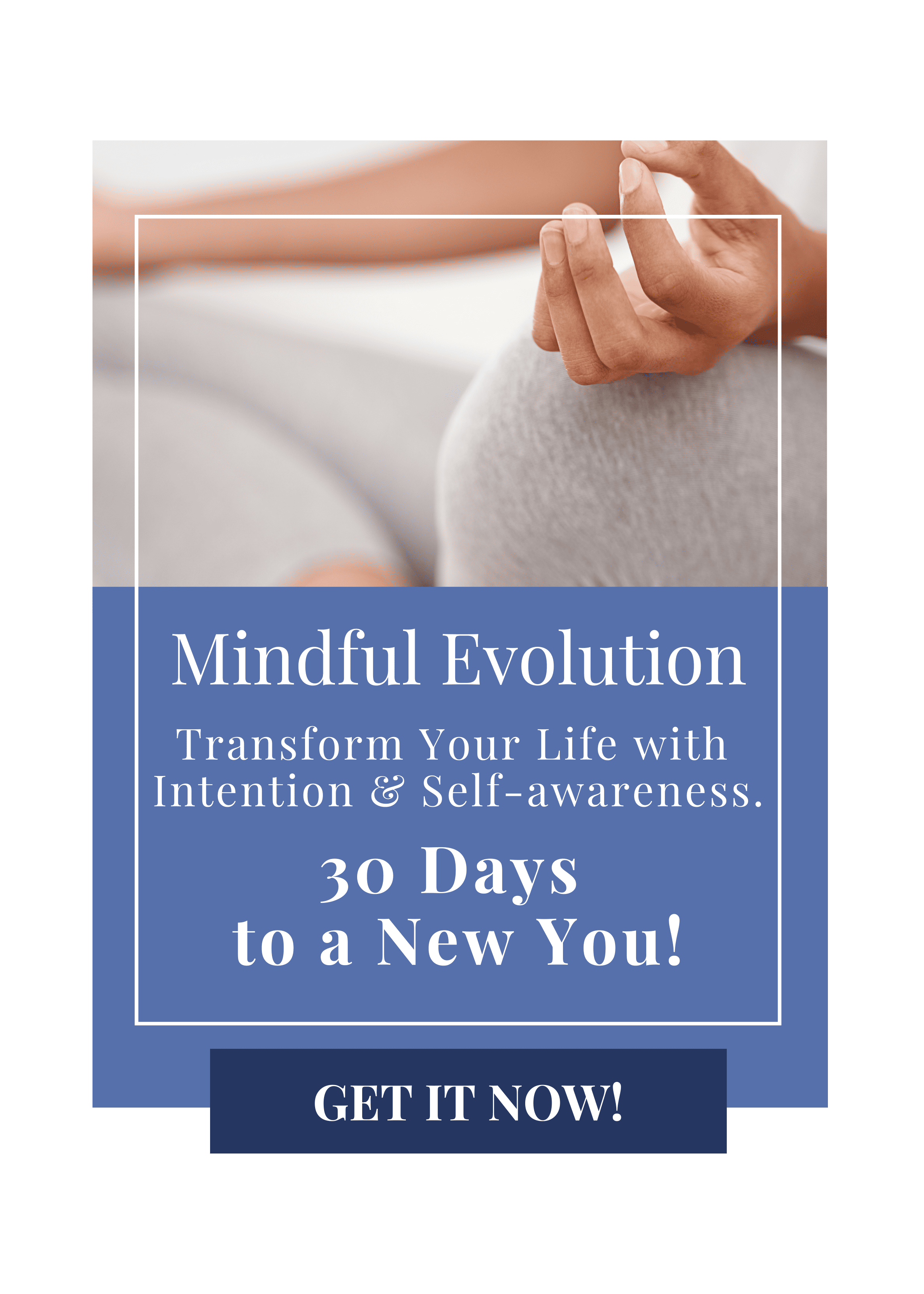This article includes a short introduction to the concept of Santhosha + journal prompts + practical and easy ways to incorporate the concept into your life.
NOTE If you just landed on this article be sure to read the first article in this series first:
“What can an ancient text called the Yoga Sutra do for you?”
NIYAMAS – The inner ethical rules.
(Yoga Sutra II.32)
Niyamas is the second limb in the 8 limbs of Astanga Yoga. Ni means inwards or within and Yamas means restraint = as in holding back or trying to stop doing.
The Niyamas are 5 ethical principles for moral conduct and for how you treat yourself. They focus on daily activities, actions, attitudes, and communication. By working with the 5 principles, you work with the areas that can contribute to increasing your sense of joy and happiness.
The 5 principles are: cleanliness (saucha), contentment (santosha), discipline (tapas), self-study (swadhyaya) and surrender (ishvara pranidhana).
The principles of internal awareness and attention are suggestions for how you can relate to yourself. The purpose is to create a healthy inner environment that will help enable you to live a life of the highest quality and achieve your potential. By trying to live by them, you are helping to pave the way for personal growth.

Santhosha – contentment, the second Niyamas.
(Yoga Sutra II 42)
Santhosha is the second Niyama, and within the concept of mindfulness, this is a foundational aspect of being mindful. Contentment and gratitude are key components of achieving a joy-filled and fulfilling life.
Santosha is about finding contentment and satisfaction in the present moment and in what you currently have, rather than being caught in a cycle of desiring more or different circumstances to be happy. It’s an invitation to embrace life as it is, with all its imperfections and challenges, and to find peace within yourself regardless of external situations.
Practicing Santosha encourages you to shift your focus from what you lack to the abundance that already exists in your life. This doesn’t mean becoming complacent or giving up on goals and aspirations. Rather, it’s about maintaining a state of gratitude and inner peace while pursuing your goals, without attaching your happiness to the outcomes.
It is deeply connected to the practice of mindfulness—being fully present and aware in each moment, appreciating life as it unfolds without excessive judgment or desire for it to be different. It also involves cultivating a sense of trust in the flow of life, believing that you are where you need to be for your growth and learning.
Implementing Santosha in daily life allows you to navigate the ups and downs of life with grace and resilience, fostering a positive outlook and a deeper connection with yourself and the world around you.
Practical steps when working with Santhosha.
Applying Santhosha to the practice of yoga and any kind of physical exercise.
- Accept your body and your current physical ability.
- Be happy with what your body achieves on any given day.
- Keep your mind focused on the physical practice.
- Let go of comparison.
- Set an intention for your practice that aligns with achieving well-being instead of setting a goal.
- Don’t get discouraged by setbacks or slower progress, view them as opportunities to learn and grow.
Applying Santhosha to your life.
- When things don’t go as planned, accept it anyway and find satisfaction in the ability to accept this.
- Experiment with living more in the moment, excluding thoughts about the past and the future.
- Focus on feeling contentment and gratitude when experiencing resistance and challenges.
- Accept the present moment and don’t try to fight with reality.
- Practice mindfulness activities that help you feel grounded with a stable center.
- Journal and reflect each day on what has gone well and be grateful for everything that this day has brought you.
- Accept the fluctuation of energy, some days you’ll feel powerful other days not so much.

Important self-investigation.
Practicing a sense of contentment can be crucial to whether you feel happy. It is not always easy to achieve a sense of satisfaction in your life, because you always feel that there is something that needs to be changed, replaced, or redone.
If you find it difficult to achieve this feeling in your daily life, start small by increasing your attention to everything that can bring a smile to your face during the day. Notice the weather, and the changing colors of nature around you, and be grateful for the food you eat, your body that allows you to move around, exercise, your family, friends, etc.
Cultivating a greater awareness and joy in everything you experience and do in your daily life, will make it easier for you to maintain the mental balance that enables you to remain centered even when you encounter resistance, and the practice of gratitude will enable you to be more present in your life.
It takes so little to throw you off course, comparison and resistance to the present moment will instantly destabilize you. So start to notice the places where your sense of self-importance keeps you needing to be offended or disturbed by other people or events not being the way you want them to be, and focus on all that you already have in your life; things, people, nature and relationships.
Maintain an attitude of contentment with what life brings you and accept and be content with what you have. It’s about finding happiness, and contentment, even when things and life are hard – as the saying goes; if life gives you lemons, make lemonade.
It is not only about accepting and finding happiness with what you have but also about accepting yourself as well as others. Each evening, write down three things that you are grateful for from your day. By increasing the focus on what you already have, you develop an inner satisfaction that will allow you to shift your focus to what you have vs what you don’t have.
Contemplation and Journal prompts on Santhosha.
- What does contentment mean to you? How do you know when you feel truly content?
- List five things in your life you are currently grateful for and why?
- What actions can you take to cultivate more contentment with your life?
- The last time you experienced resistance to a situation what triggered it? Was it due to external circumstances or your internal expectations?
- How can you shift my focus away from comparison? What can you replace it with?
- How can being more present in the moment contribute to your sense of contentment?
- What mindfulness techniques would you like to use to help you feel more content? How can you incorporate them into your life?
- Can moments of feeling discontent teach you something about your needs or desires? How can you use this insight to grow?
- How can practicing self-compassion support your ability to feel content?
- How can you cultivate supportive, meaningful connections that fuel your level of contentment?
Ready to take the next step – Tapas!






